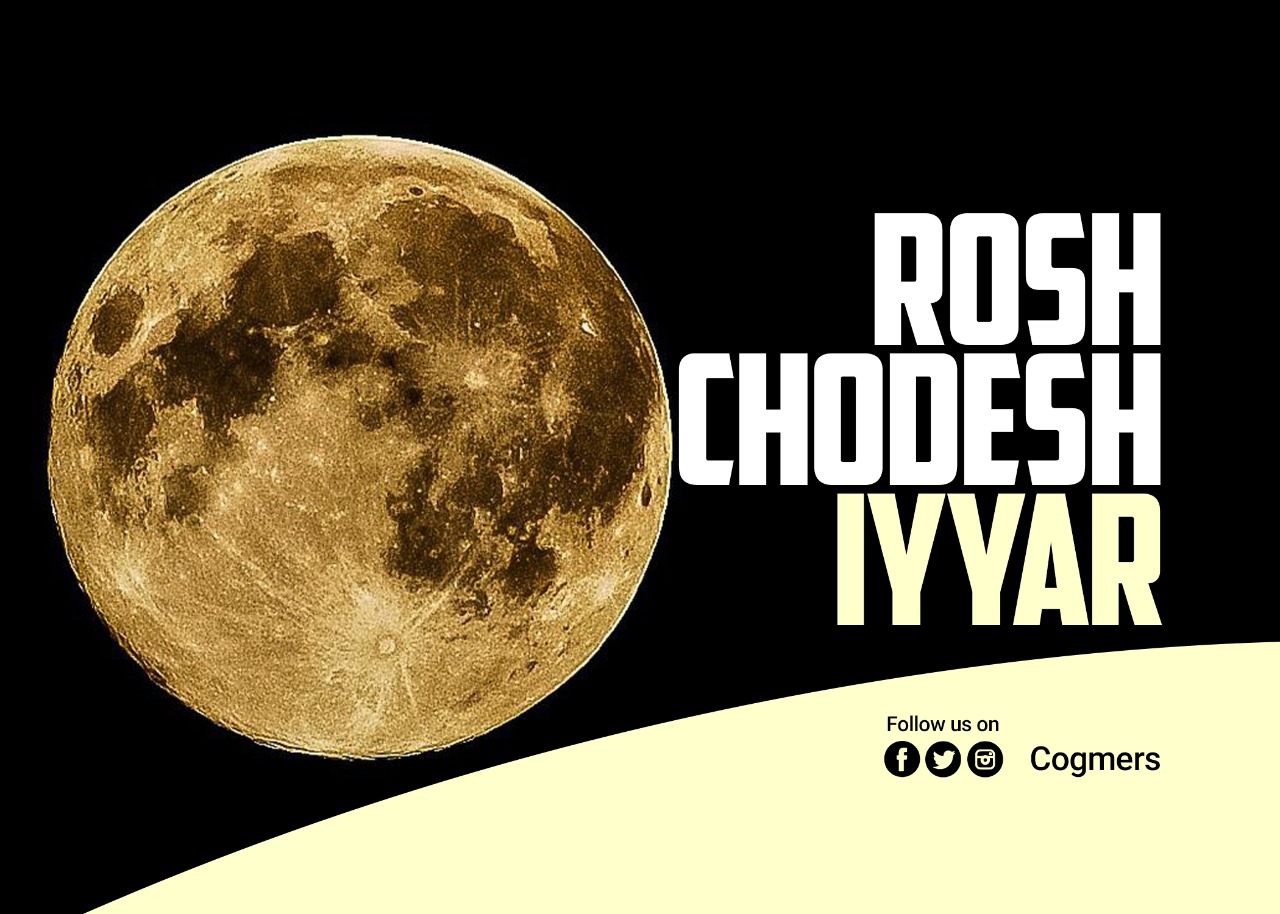
Introduction
The Torah records that it was in the second month, after the miracle of the Red Sea, that the children of Israel found themselves in the wilderness of Sin (Exod. 16:1). It was here that they grumbled again to God, this time for food (Exod. 16:2-3). Then the Lord said to Moses, “Behold, I am about to rain bread from heaven for you, and the people shall go out and gather a day's portion every day, that I may test them, whether they will walk in my law or not.
The Torah records that it was in the second month, after the miracle of the Red Sea, that the children of Israel found themselves in the wilderness of Sin (Exod. 16:1). It was here that they grumbled again to God, this time for food (Exod. 16:2-3). Then the Lord said to Moses, “Behold, I am about to rain bread from heaven for you, and the people shall go out and gather a day's portion every day, that I may test them, whether they will walk in my law or not.
The New Moon Iyyar begins today at sundown. It is the second month of the Hebrew Calendar counting from Nisan. The Torah names it simply as the second month. However, later the name adopted for the month is Ziv (1Kings 6:1). On the Gregorian calendar, Iyyar occurs around April-May. It is during Iyyar that those who were unable to observe Passover on Nisan 14 are given an opportunity to keep a “second Passover” (Pesach Sheni) a month later on Iyyar 14. (Num. 9:9-12, 2 Chron. 30:2-3,13-15)
The month of Iyyar occurs between the days of the Counting of the Omer (Sefirat Ha Omer), when the Priest waved a sheaf of barley every day for 49 days from Nisan 16 (during The Feast of Unleavened Bread/Chag Ha Matzot) until Sivan 6 (The Feast of Pentecost/Shavuot) (Lev. 23:15-16). Iyyar is sandwiched between a Jubilee of days which is a very significant period in the Hebrew Calendar, between the months of redemption (Nisan) and of the revelation of the Torah (Sivan).
The Torah records that it was on the second month, after the miracle of the Red Sea, the children of Israel found themselves in the wilderness of Sin (Exod. 16:1). It was here that they grumbled again to God, this time for food (Exod. 16:2-3). Then the Lord said to Moses, “Behold, I am about to rain bread from heaven for you, and the people shall go out and gather a day's portion every day, that I may test them, whether they will walk in my law or not (Exod. 16:4). On the sixth day they were given a double portion of the manna, they were commanded not to go to the field on the Sabbath since none would be supplied on the holy day. God began to gradually prepare them to honor the 4th commandment before the revelation at Sinai.
It was on Iyyar 1, in the second year after the Exodus, that the first census of the Jewish people was done, at God’s command (Num. 1:1-4). The importance of the census was so that each person could trace their lineage and tribe, and so that they could find their place within their tribe since each tribe had its place within the four-fold formation of the tribes. Each formation was made up of three tribes which had its own banner, reflecting its characteristic. It was these four-fold formations of the tribes that made up the camp which surrounded the Tabernacle. (Num. 2:1-31) Whenever Israel camped and moved in the desert, they marched in these formations while they were led by a pillar of fire during the night and a pillar of cloud during the day. What an amazing sight it must have been to behold!
In connection to this, it was during this month that King Solomon began building the Holy Temple in Jerusalem (1 Kings 6:1). Today, we are the temple of God (1 Cor. 3:16), it is an opportune time to spiritual cleanse ourselves before the great revelation and nourishment of both the Torah and the Ruach Ha Chodesh on Shavuot.
May you be renewed for a good month in the name of our savior Yahshua Messiah.
By Deacon Felix